Facts You Need to Know About Osteoarthritis
Osteoarthritis, the most common form of arthritis, is a progressive condition involving the breakdown of joint cartilage, which protects the ends of bones, as well as bone. It is typically the result of an individual's body being unable to adequately repair joint tissues that have sustained damage. Osteoarthritis most commonly affects the big toes, knees, hips, spine, and hands. The symptoms of this condition, which include stiffness and joint pain, often come and go in waves, though the pain typically increases in intensity as the disease progresses.
Get to know the most important facts surrounding osteoarthritis now.
50% Of Adults Will Develop Osteoarthritis
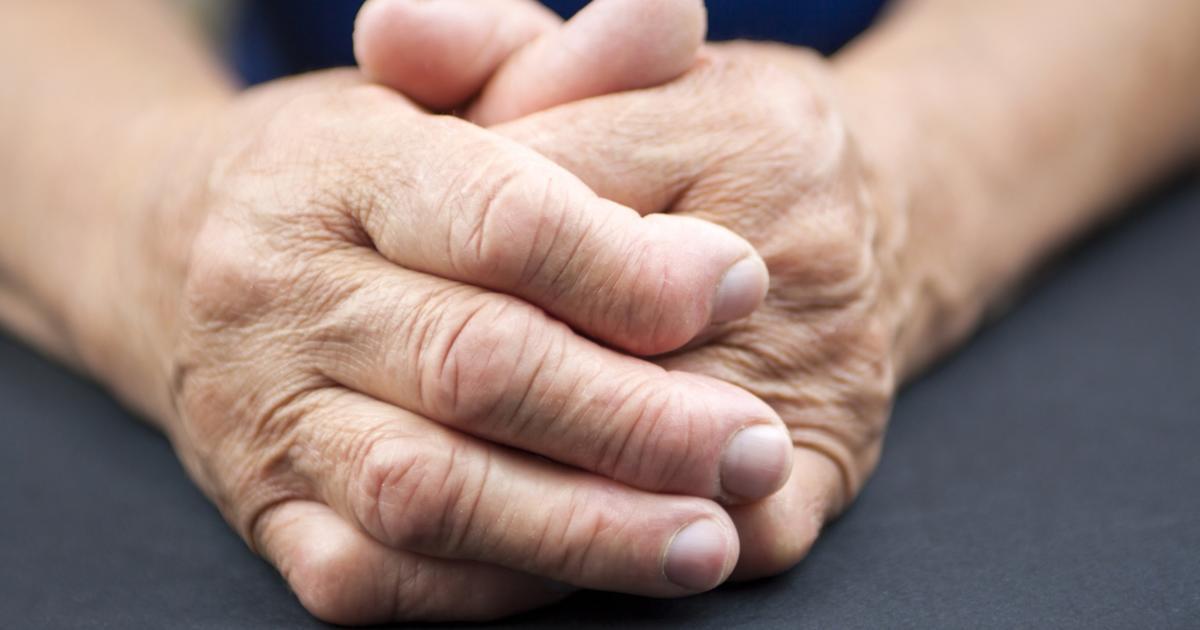
Reports indicate roughly half of all adults develop osteoarthritis at some point in their lives, evidence showing just how common this condition truly is. Additionally, about one in every two adults will develop osteoarthritis in their knees while one in four will develop the condition in their hips. Finally, approximately one in twelve adults will develop osteoarthritis in their hands. Some genetic conditions can lead to the development of osteoarthritis early in adulthood, but the majority of adults with this condition are sixty-five years old or older.
Due to how common osteoarthritis is, it is crucial for everyone to at least understand the basics surrounding the condition. Symptoms of osteoarthritis vary, depending on which joints are affected and how severely they are affected. However, the most common symptoms are pain and stiffness, particularly first thing in the morning or after resting. Affected joints may get swollen, especially after extended activity. These symptoms tend to build over time rather than show up suddenly.
Uncover more facts about osteoarthritis now.
Morning Stiffness Is The Most Common Symptom
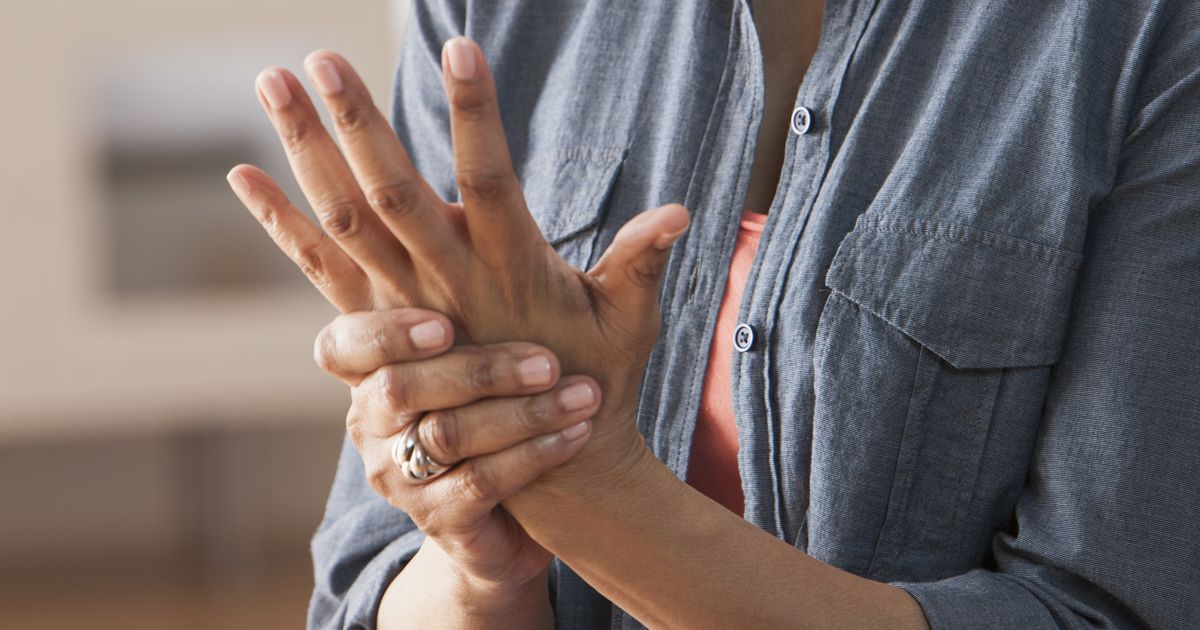
Although osteoarthritis affects everyone differently, the overall most common symptom of this condition is joint stiffness after a long rest. So, after sleeping all night, morning movement in the affected joints is rigid and stiff. This also occurs after long periods of sitting. It is not hard to see why such a simple symptom goes overlooked for a long period. Another common symptom of osteoarthritis is swelling after a long duration of activity. Some affected individuals feel throbbing pulses, burning, and numbness. Individuals who begin to feel any of these symptoms should speak with a doctor as soon as possible to look into diagnostic tests and to arrange the appropriate treatment methods.
Keep reading to learn more about osteoarthritis now.
Osteoarthritis Can Lead To Decreased Physical Function
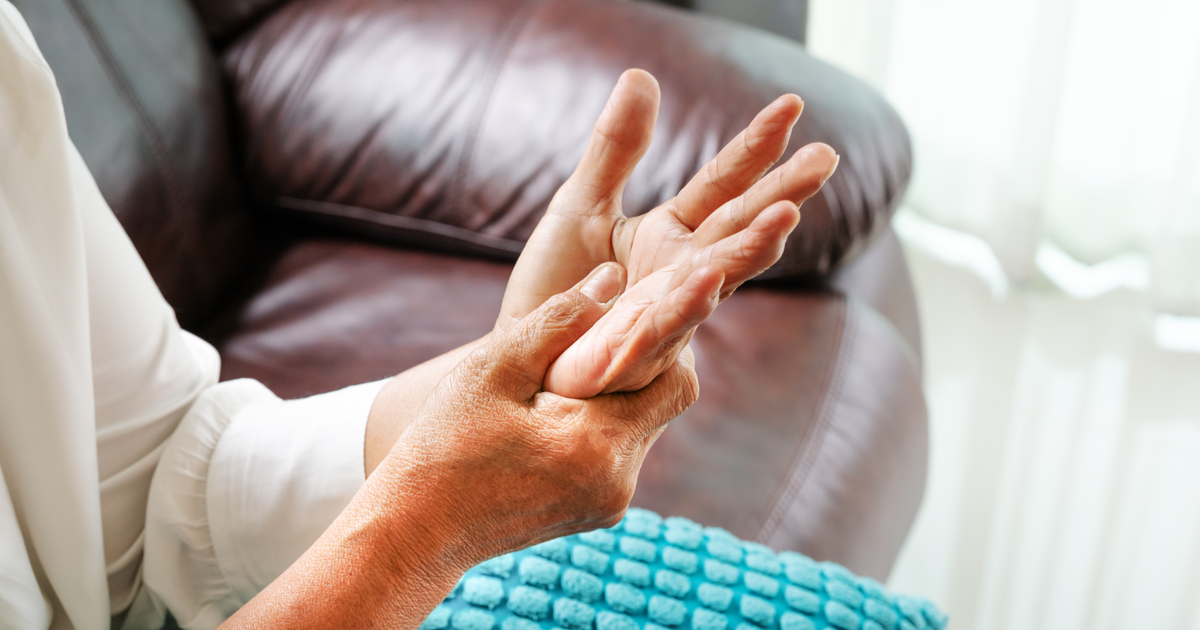
The deterioration of cartilage and joint tissue is just the beginning of osteoarthritis. More damage comes from the reaction to this loss. Our body naturally guards any area that senses pain, and by contracting the muscles surrounding the area, the joint is immobilized. The saying ‘move it or lose it’ applies here, as this immobilization results in muscle weakness. Weak muscles typically equal less balance and function. When osteoarthritis goes unmanaged, physical function is lost, and as most of us know, physical function is directly related to quality of life.
Uncover additional facts surrounding osteoarthritis now.
Excess Fat Is One Cause Of Osteoarthritis

There are many contributing factors to osteoarthritis, but being overweight is among the most common. This is because extra weight puts a lot of additional stress on the hips and knees. But while this is true, the connection between weight and osteoarthritis has more to do with the inflammation associated with excess fat. When we carry extra fat mass, there are more inflammatory markers in our circulation. These markers love making friends and encouraging inflammation in other parts of our body. This encourages inflammation around the joints that are being overworked, and inflammation leads to damage.
Get familiar with more medical facts about osteoarthritis everyone should be aware of now.
Half Of All Cases Are Related To Previous Joint Injuries
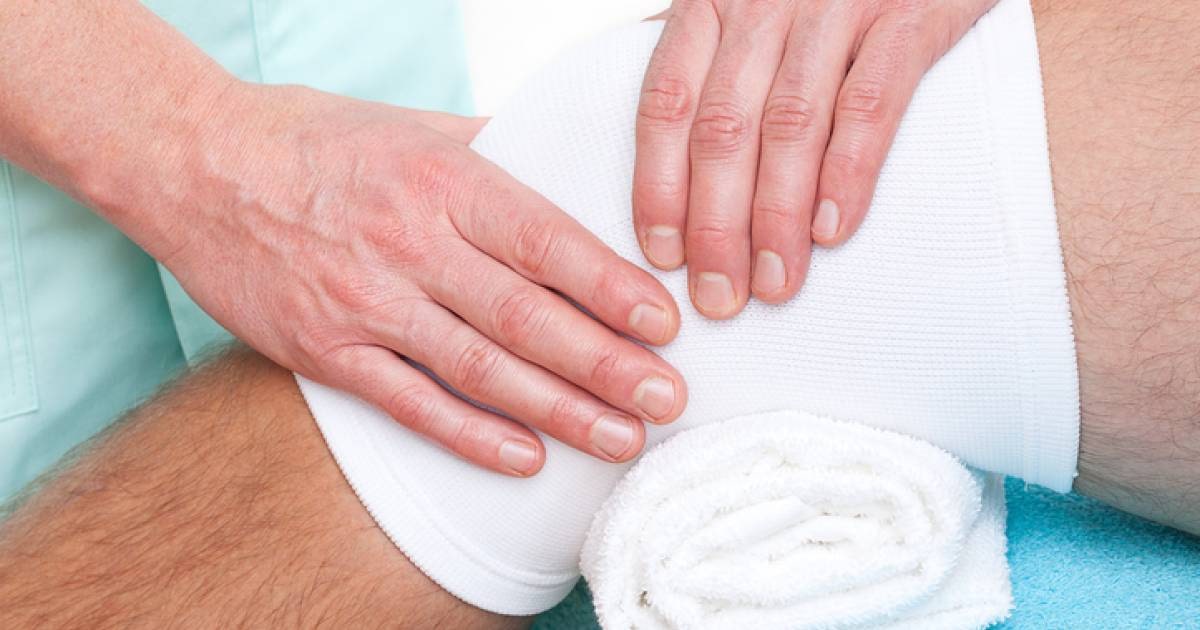
Individuals who have injured any of their joints are at an increased risk of developing osteoarthritis than those who have not injured their joints. It is almost like the body has a memory and when it gets injured, it remembers even years later. Even though it heals, the body is more sensitive at that spot.
Athletic injuries, falls, and slips are not the only issues here. Repetitive stress injuries are culprits too! If an individual has a job in which they repeat the same movement for eight or more hours per day, they are at risk for an injury. Thankfully, individuals can look into proper positioning and ergonomics to avoid repetitive stress injuries, and thus reduce their risk of osteoarthritis.
Continue reading to get more information on osteoarthritis now.
There Is No Cure, But There Is Exercise

Unfortunately, there is currently no cure for osteoarthritis. Thankfully, however, there are many ways to effectively manage osteoarthritis and mitigate the severity of its symptoms. This means osteoarthritis is a condition affected individuals can live with! Exercise is part of this long-term management. It may seem counterintuitive to exercise a joint that is stiff and sore, but it is very helpful.
Strength training the muscles around the joint along with engaging in full-body, cardiovascular exercise is widely beneficial. Not only does it prevent loss of function, but it also promotes a healthy weight. Stretching and yoga are also very effective osteoarthritis pain management strategies. Of course, clearing all new exercise regimens with a physician is advised, particularly when a medical condition like osteoarthritis is at play.
Discover more facts surrounding osteoarthritis everyone must know about now.
Treatment For Osteoarthritis
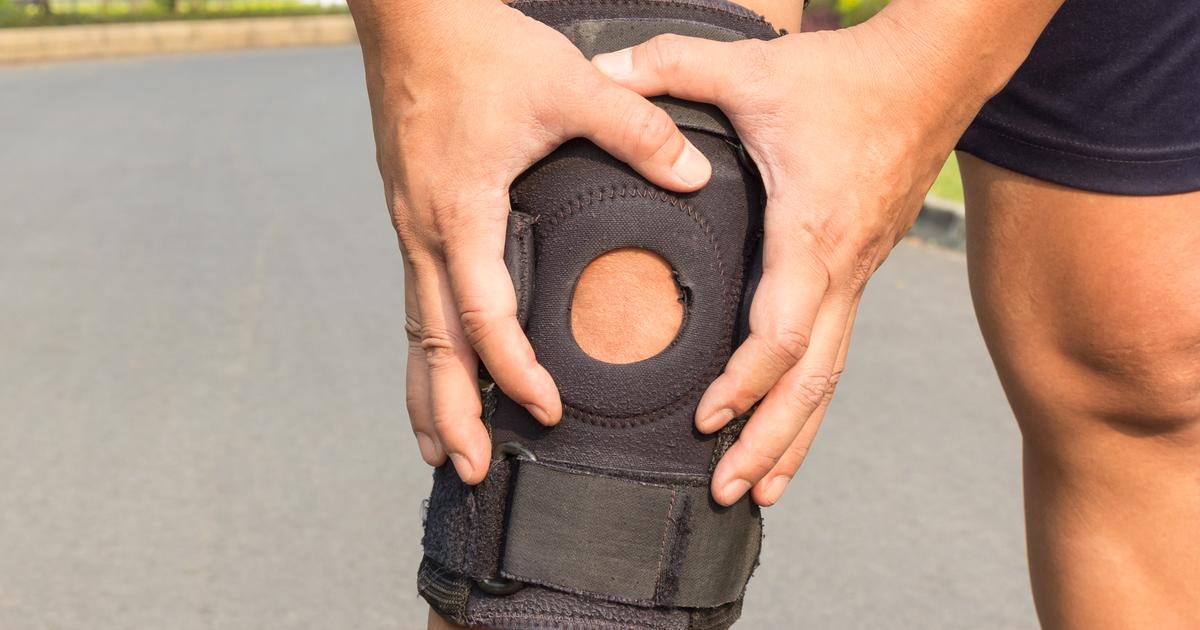
Engaging in an active lifestyle and attaining a healthy weight should occur first before trying medical treatment for osteoarthritis. Physical therapy may be prescribed in order to provide extra attention to the affected joints. Occupational therapists can develop assistant devices ranging from zipper holders, jar openers, to knee braces. These devices make it easier for individuals to live with the physical limitations caused by osteoarthritis. There are also pain and inflammatory medications that can help with alleviating symptoms of osteoarthritis. Additionally, hyaluronic acid, a naturally occurring lubricant, can be injected into the affected joint to bring levels back up to normal.
Get familiar with alternative therapies for osteoarthritis now.
There Are Alternative Therapies
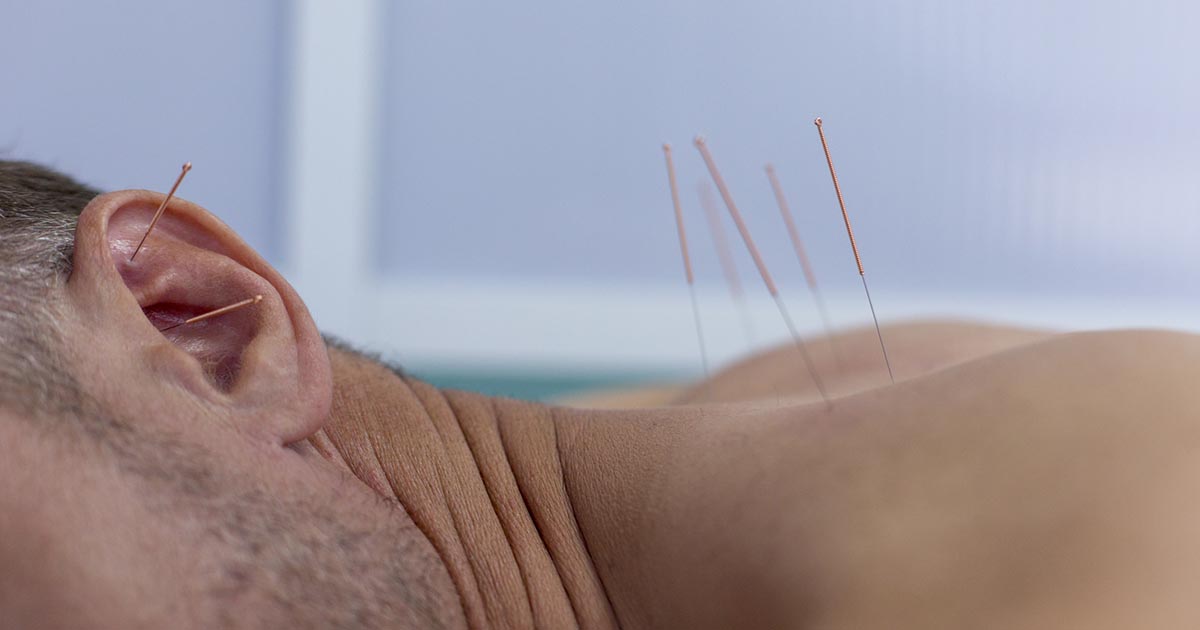
Massage, acupuncture, and stress management have been among the list of alternative therapies that help patients with osteoarthritis manage their pain to great effect. Massage can help loosen stiff joints, as can acupuncture. If stress has been exacerbating an individual's osteoarthritis by increasing their tense muscles, relieving the stress can reduce the pain resulting from chronic muscle tension. These therapies also promote an individual's overall well-being, and are said to improve immune function, reduce inflammation, and enhance pain tolerance. Most of these therapies are easily incorporated into a healthy lifestyle. Doctors will help their patients decide which therapies to incorporate into their osteoarthritis treatment.
Learn more about osteoarthritis now.
Osteoarthritis Is Not Inevitable And Can Be Prevented

Although age is not a preventable risk factor when it comes to the development of osteoarthritis, this condition is still not inevitable. It can be prevented! Lifestyle-based risk factors linked to osteoarthritis, such as excess weight putting additional pressure on the joints, can be controlled and in some cases, may be the key to preventing osteoarthritis from developing in the first place. Being physically active, maintaining a healthy weight, and controlling one's blood sugar are all practices of a healthy lifestyle that will help prevent osteoarthritis.
Also, taking extra precaution to avoid joint injuries will decrease an individual's risk of osteoarthritis. This means sporting protective wear when engaging in physical activities. It also means lifting with the knees and using other proper body positions during physical work. Remember, the best treatment is prevention!
Keep reading for more osteoarthritis facts now.
Low Impact Exercises Helps Ease Pain
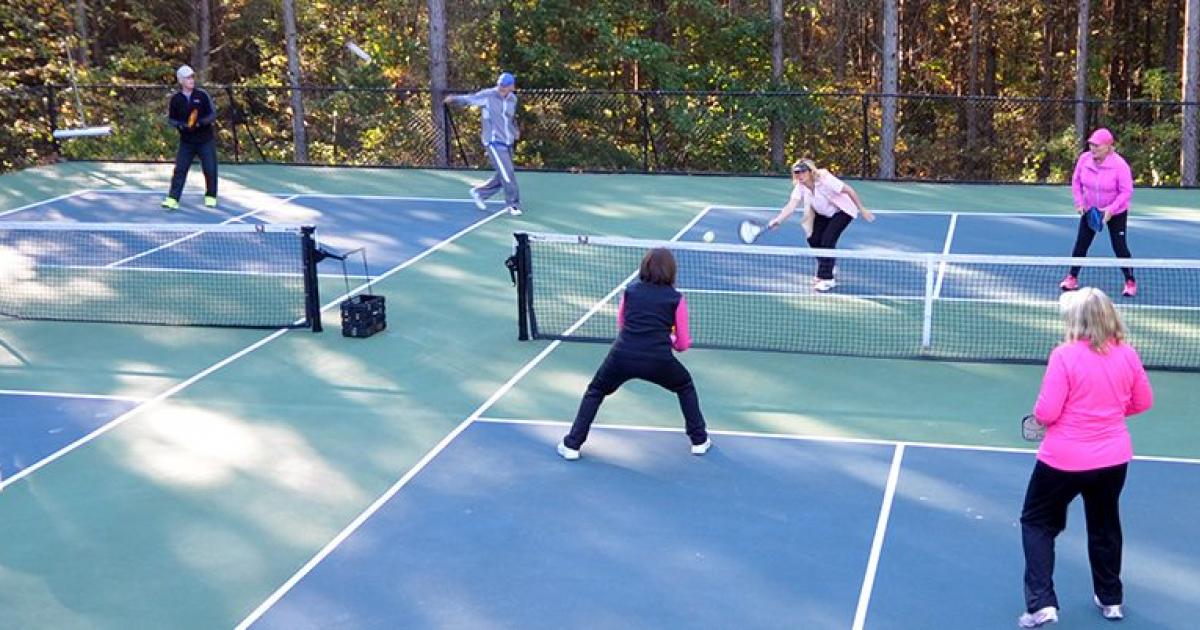
Reducing osteoarthritis pain can be difficult, as it involves committing to quite a few different lifestyle changes. However, low impact exercises, such as playing pickleball, helps ease the pain associated with this condition. Building strength in the neck and lower back can take some of the stress off of impacted joints. While weight and resistance machines can be effective, using resistance bands are also helpful for many individuals with osteoarthritis. Performing simple range-of-motion exercises every day is beneficial, as is light aerobic exercise.
Overdoing it with high impact exercise might worsen symptoms of osteoarthritis, so it is advised that those with this condition steer clear of it. Physical therapists can teach low impact routines, so many doctors will recommend patients undergo physical therapy for their joint pain and swelling.
Unveil more osteoarthritis facts now.
Weight-Bearing Joints Are The Most Commonly Affected
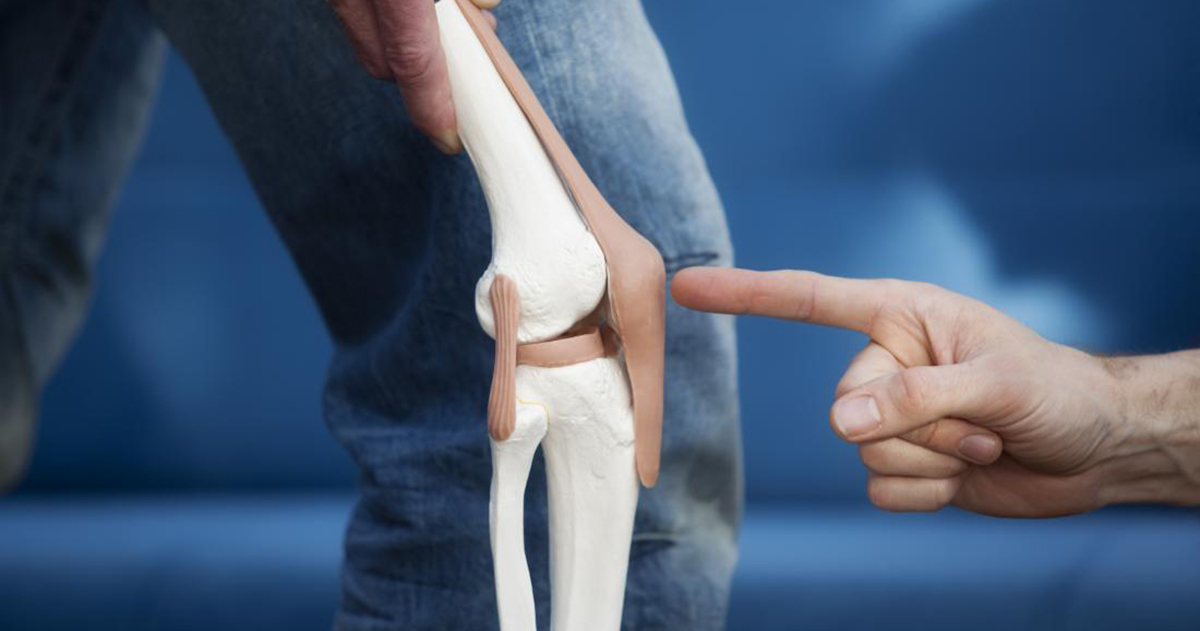
Those Individuals inflammation in specific joints, like those in the knee. This is because weight-bearing joints are the most commonly affected by osteoarthritis. Bear in mind the fact many athletes tend to require hospitalization for osteoarthritis that manifests in their ankles, knees, and hips.
Osteoarthritis occurs as a result of cartilage surrounding the ends of bones around the joints breaking down. In some cases, it partially breaks down, but in others, the cartilage goes away completely. This leaves the bones' ends exposed and able to rub up against one another. Since we put our weight-bearing joints through the most usage, these are the ones with the most worn-down cartilage.
Discover who is most at risk for developing osteoarthritis next.
Women Are More At Risk

As the National Institute on Aging states, before the age of forty-five, men are more likely to develop symptoms of osteoarthritis. However, after forty-five, women are more at risk. But why is this?
For starters, women tend to naturally have wider hips than men, which could put extra strain on the knees. Also, women are more likely to have joint hypermobility, which puts even more wear-and-tear on the joints. Joint hypermobility might even cause earlier onsets of osteoarthritis. Additionally, childbirth and osteoarthritis seem to have some correlation. Studies have shown the more children a woman bears, the more likely she becomes to develop knee or hip arthritis and need a knee replacement later in life. Hormones and weight might also play a role as to why women are more at risk after they turn forty-five. Decreased estrogen and even a lack of testosterone might increase risk. And since women have a slightly increased obesity risk, weight management through lifestyle choices can lessen the risk for osteoarthritis.